News Beat
News Beat reporting is an idrw.org initiative to let our Readers to report News Based on Actual facts but some how has not been reported in Main Stream Media .
SOURCE: RAUNAK KUNDE / NEWS BEAT / IDRW.ORG
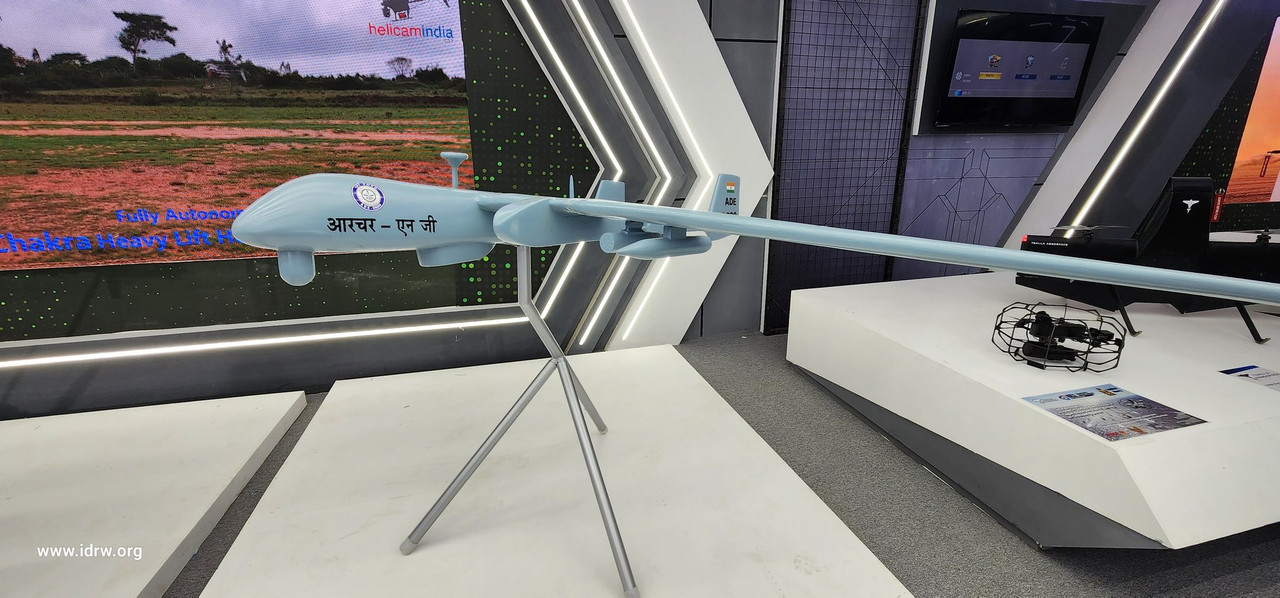

The Aeronautical Development Establishment (ADE) has recently issued a tender for support in the mechanical assembly and associated aero-mechanical activities of the Archer UAV (Unmanned Aerial Vehicle) at ADE and in ATR, Chitradurga. This initiative represents a significant step in advancing the development and deployment of cutting-edge UAV technology.
The tender outlines a comprehensive set of tasks to be carried out in the mechanical assembly process, emphasizing precision and adherence to specific engineering requirements. The key activities encompassed in the tender include:
Continue readingSOURCE: RAUNAK KUNDE / NEWS BEAT / IDRW.ORG


The Indian Army and Indian Air Force, which had initially sought to procure Russian Kamov Ka-226T ‘Hoodlum’ light utility helicopters, are now exploring other options due to uncertainties surrounding the over $1.2 billion tender initiated in 2014 for 200 of these helicopters. It appears that the Ministry of Defence (MoD) is considering scrapping the deal, as negotiations between Hindustan Aeronautics Limited (HAL) and Kamov have encountered numerous complexities, including issues related to technology transfer, indigenous content, and overall costs.
The Ka-226T ‘Hoodlum’ light helicopter, powered by two advanced Arrius 2G1 engines developed by Turbomeca (a Safran Group company), offers a level of performance that surpasses HAL’s 3-ton Light Utility Helicopter (LUH), which operates with a single HAL/Turbomeca Shakti-1U turboshaft engine. The Ka-226T’s advanced features, including FADEC-equipped engines, make it suitable for high-altitude operations, an essential capability in the rugged terrain of the Indian subcontinent.
Continue readingSOURCE: RAUNAK KUNDE / NEWS BEAT / IDRW.ORG
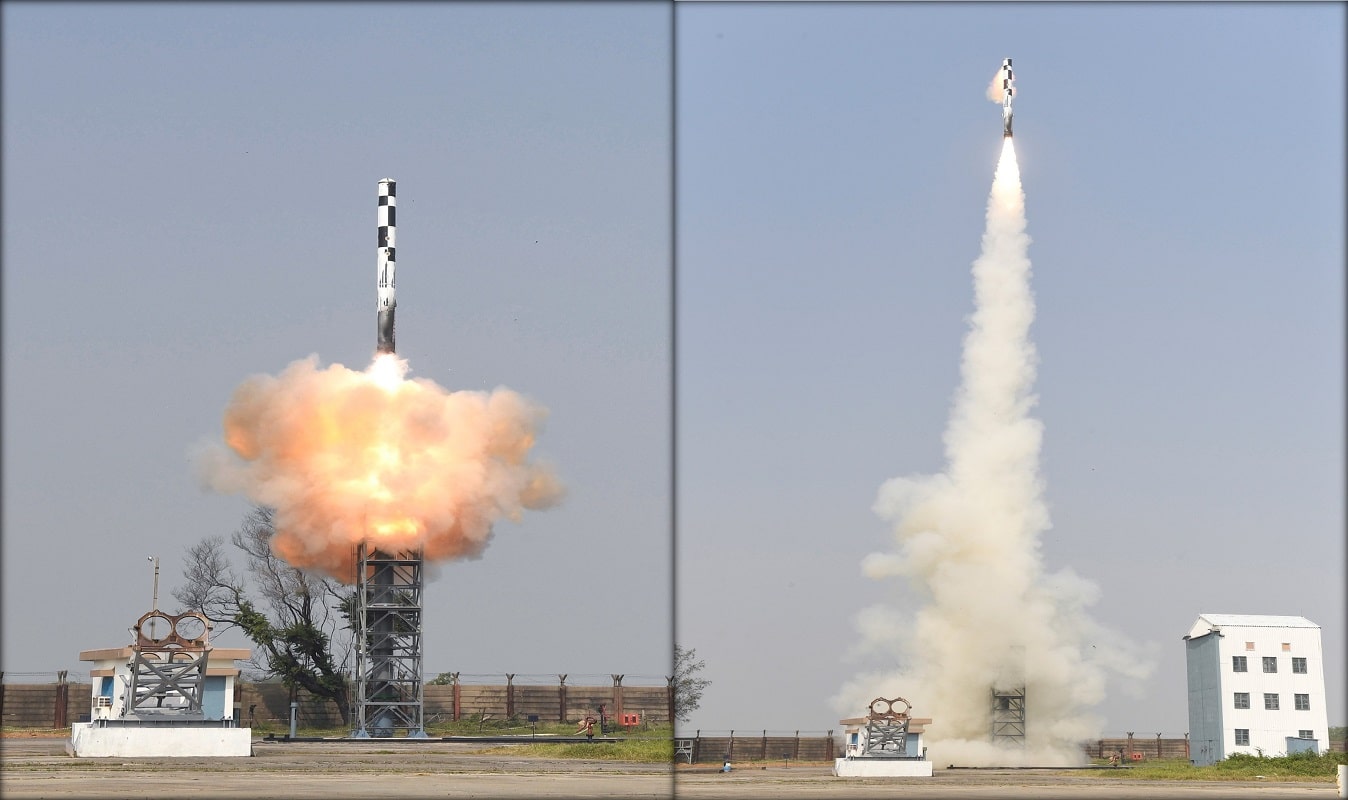

BrahMos Aerospace, the joint venture between India and Russia, is actively engaged in discussions with several countries, including Vietnam, the Philippines, Malaysia, and Brunei, for the potential sale of the BrahMos cruise missile. Atul Dinkar Rane, the CEO of BrahMos Aerospace, revealed that a growing number of nations from Asia, Africa, and South America have expressed interest in acquiring the versatile and powerful BrahMos weapon system.
The BrahMos cruise missile, known for its supersonic speed and precision, has become a sought-after defence asset globally. Rane highlighted ongoing negotiations with various countries and hinted at the possibility of securing more foreign orders in the coming months.
Continue readingSOURCE: RAUNAK KUNDE / NEWS BEAT / IDRW.ORG
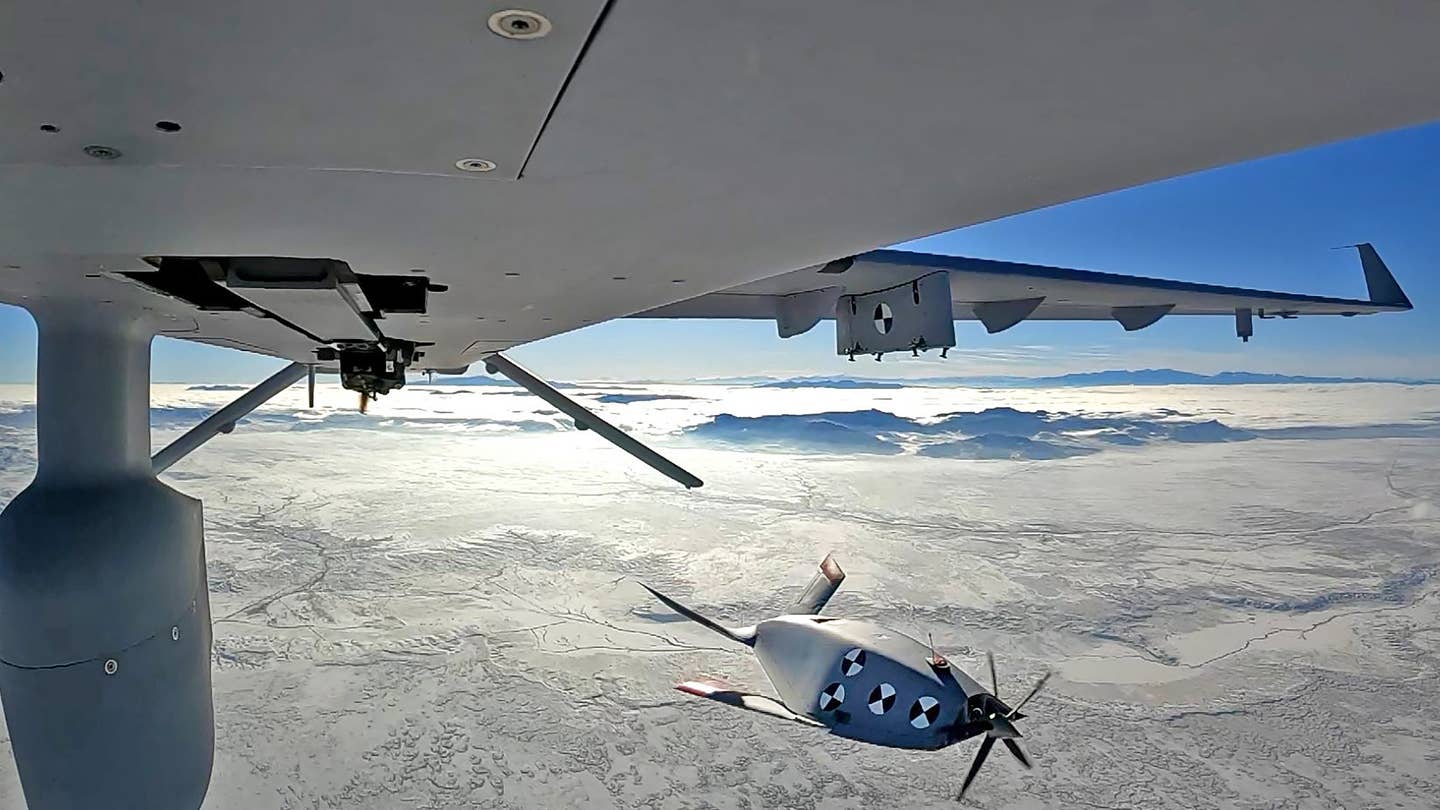

The Ukraine-Russia conflict, marked by its recent drone warfare, has showcased the importance of adapting and evolving unmanned aerial systems in modern warfare. At the beginning of the conflict, the Turkish Bayraktar TB2, a medium-altitude, long-endurance unmanned combat aerial vehicle (UCAV), was touted as a game-changer in Ukraine’s favour. However, as Russia bolstered its air defence systems, the TB2 drones quickly lost their effectiveness and became susceptible to countermeasures, forcing Ukraine to reduce their usage significantly.
In response to these challenges, Indian startups are now at the forefront of developing a Multi-Mission Recoverable Small Unmanned Aerial System (UAS). This innovative technology is designed to enhance the reconnaissance capabilities of medium-altitude, long-endurance (MALE) and high-altitude, long-endurance (HALE) UAVs before they enter high-risk operational areas.
Continue readingSOURCE: RAUNAK KUNDE / NEWS BEAT / IDRW.ORG
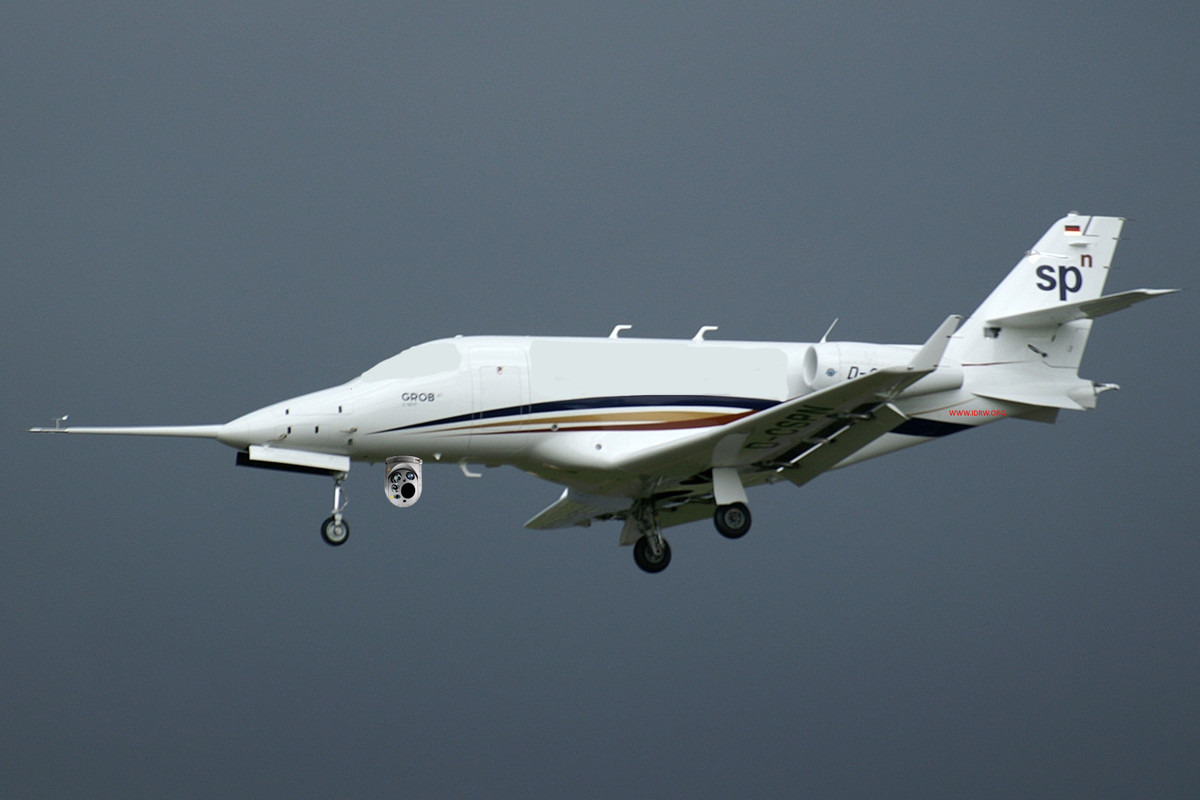

Tata Advanced Systems Limited (TASL), an Indian aerospace and defence company, has embarked on an innovative journey to transform the Grob G180 SPn, a low-wing twin-engined composite corporate jet originally designed and built by German aircraft manufacturer Grob Aerospace.
TASL acquired the intellectual property rights for this aircraft and is now considering converting it into a state-of-the-art Unmanned Aerial System (UAS) designed for Intelligence, Surveillance, and Reconnaissance (ISR) missions. This ambitious project aims to create a UAS with performance and operational characteristics at the top end of the UAS High Altitude Long Endurance (HALE) category.
Continue readingSOURCE: RAUNAK KUNDE / NEWS BEAT / IDRW.ORG


The Ministry of Defence in India is embarking on a mission to enhance the mobility and logistical capabilities of the Indian armed forces. The ministry is planning to procure approximately 5,000 Lorry 5/7.5 Ton General Service 4×4 vehicles, along with 2,500 Truck 2.5 Ton General Service 4×4 vehicles. These vehicles are designed to serve as versatile and rugged load carriers, facilitating the transportation of critical equipment and supplies to various operational areas.
The primary objective behind the procurement of these vehicles is to bolster the Indian armed forces’ transportation and logistics infrastructure. The 5/7.5 Ton General Service 4×4 vehicles are engineered to exhibit impressive payload capacities, capable of carrying 5 tons in challenging terrains such as hills, high altitudes, cross-country, and deserts while delivering a capacity of 7.5 tons in plains. These vehicles are envisioned to be the workhorses of the armed forces, ensuring that essential supplies and equipment can be efficiently transported to even the most remote and demanding locations.
Continue readingSOURCE: RAUNAK KUNDE / NEWS BEAT / IDRW.ORG
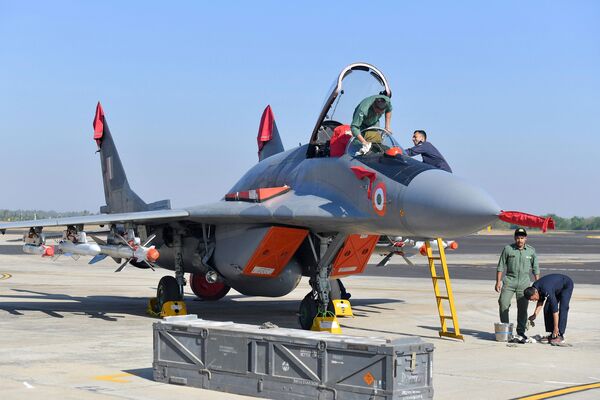

The Indian Air Force (IAF) is setting its sights on enhancing the capabilities of its MiG-29 aircraft by integrating a Stand Off Weapon (SoW) with a range of over 180 kilometres. This significant upgrade is poised to further bolster the IAF’s operational effectiveness and strategic reach. The project aims to integrate the SoW seamlessly onto the MiG-29 aircraft within a 12-month timeline, following the signing of the contract.
The move comes on the heels of the Indian Navy’s successful integration of the Israeli Rampage Long Range Air-to-Ground Precise Strike Weapon on its Mig-29k fleet, highlighting India’s commitment to modernizing its defence capabilities.
Continue readingSOURCE: RAUNAK KUNDE / NEWS BEAT / IDRW.ORG


The Indian Navy is currently grappling with a missile procurement challenge, prompting it to consider the induction of the SCALP Naval missile system as a temporary solution. Developed by MBDA Systems, the SCALP Naval missile is a long-range, sea-launched, surface attack, stand-off cruise missile that has been successfully deployed by the French Navy on its Scorpene class submarines. However, this temporary measure may be necessary because India’s indigenous cruise missile program is still several years away from production.
The Indian Navy has unique requirements when it comes to striking offshore targets, including military and economic infrastructures. Long-range cruise missiles are essential for these operations, and the Indigenous Long-Range Land Attack Cruise Missile (LRLACM) program is seen as a viable solution. However, this indigenous program faces delays, making the induction of the SCALP Naval missile a potentially practical interim measure.
Continue readingSOURCE: RAUNAK KUNDE / NEWS BEAT / IDRW.ORG
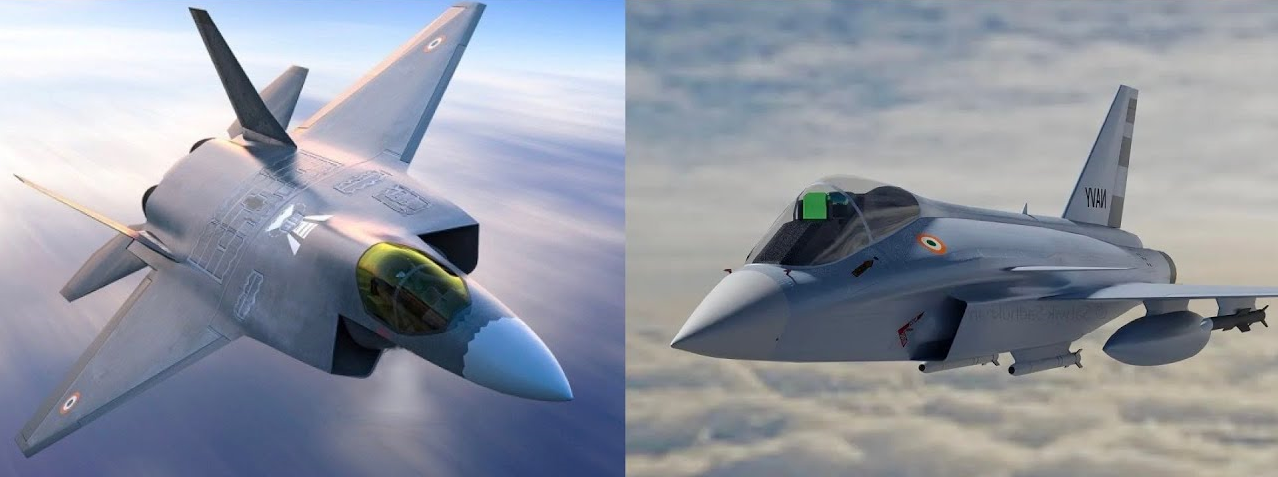

The Indian Navy’s Twin Engine Deck Based Fighter (TEDBF) program is poised to achieve a groundbreaking level of commonality with the Indian Air Force’s (IAF) 5th generation Advanced Medium Combat Aircraft (AMCA) program. This strategic move emphasizes the nation’s commitment to efficient resource utilization and technological synergy.
The TEDBF program is set to adopt nearly 60 per cent of the components and systems that are being developed for the AMCA program. This high degree of commonality between the two programs will result in significant benefits, including reduced development costs, streamlined logistics, and enhanced maintenance efficiency.
Continue readingSOURCE: RAUNAK KUNDE / NEWS BEAT / IDRW.ORG


The Indian Army and Indian Air Force are set to procure 16 MQ-9B SkyGuardian Remotely Piloted Aircraft Systems (RPAS), which will come equipped with Electronic Warfare and Airborne Early Warning sensor payloads. These high-altitude, long-endurance (HALE) unmanned aerial vehicles (UAVs) will be stationed in North India to monitor the Line of Control (LOC) and Line of Actual Control (LAC) with both China and Pakistan.
The MQ-9B SkyGuardian is designed to provide extended flight capabilities, with the ability to fly over the horizon via satellite for over 40 hours in various weather conditions. It is engineered to safely operate in civil airspace, offering real-time situational awareness for joint forces and civil authorities, day or night.
Continue readingSOURCE: RAUNAK KUNDE / NEWS BEAT / IDRW.ORG
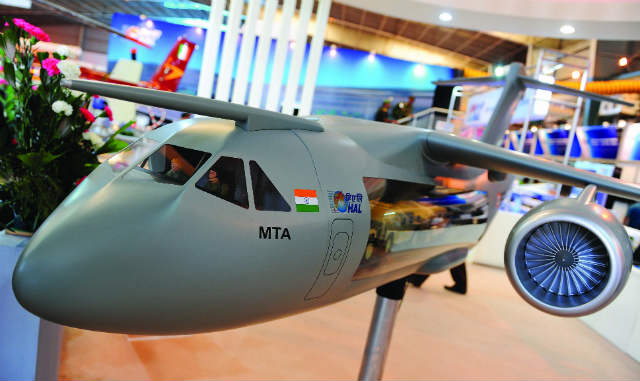

The Indian Air Force (IAF) is in the process of conducting a comprehensive evaluation to determine the requirements for the procurement of 80-100 Medium Transport Aircraft (MTA) that will serve as replacements for the ageing fleet of over 100 Soviet-era An-32 Transporters. These replacements are expected to enter service from 2030 onwards. HAL (Hindustan Aeronautics Limited), India’s state-owned aerospace and defence company, is eagerly awaiting the results of this evaluation to understand the specific load-carrying capabilities desired by the IAF.
Earlier this year, the IAF issued a Request for Information (RFI) that outlined a rather vague load-carrying capacity requirement of 18-27 tonnes. This left room for ambiguity, as only two of the three aircraft on offer met this criterion. However, the recent acquisition of the C-295 from Airbus by the IAF, which falls into the same category as the An-32, suggests that the MTA may require a load-carrying capacity of over 30-35 tons. This, in turn, could lead to only one transporter qualifying, which is the A400.
Continue readingSOURCE: RAUNAK KUNDE / NEWS BEAT / IDRW.ORG
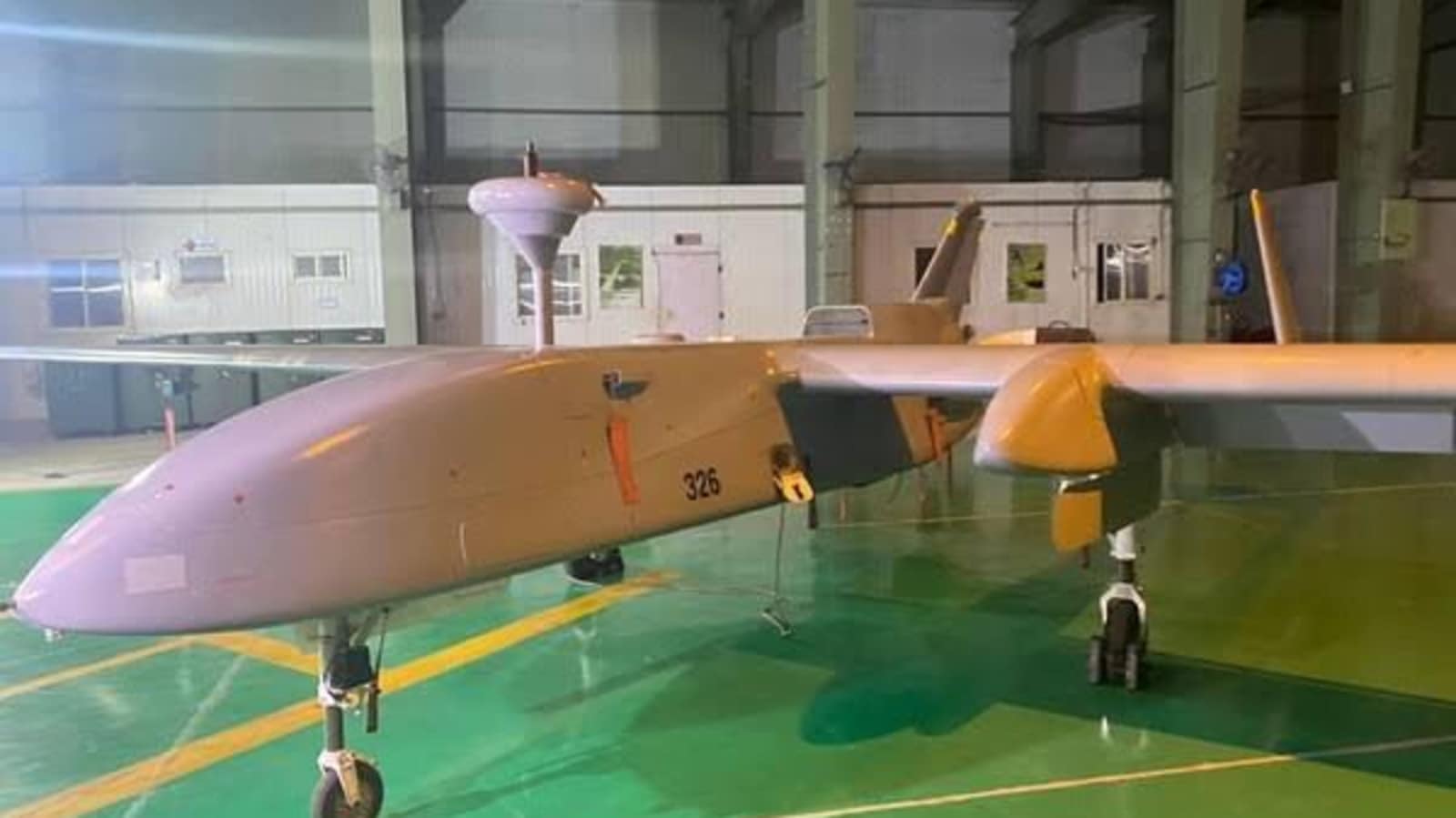

In a strategic shift, India has decided to forego plans to arm its fleet of Israeli Heron Unmanned Aerial Vehicles (UAVs) and will instead focus on enhancing their communication capabilities by integrating satellite connectivity. This shift in approach is aimed at improving the endurance and overall functionality of these UAVs.
Initially, India had been pursuing Project Cheetah, a comprehensive upgrade initiative for the Heron UAVs used by the Indian military. Project Cheetah was structured to unfold in two phases, with each phase addressing critical aspects of the UAV’s capabilities.
Continue readingSOURCE: RAUNAK KUNDE / NEWS BEAT / IDRW.ORG
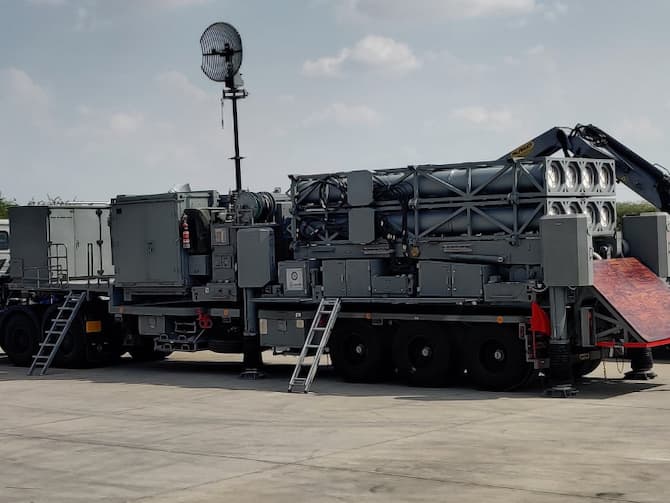

Bharat Electronics Limited (BEL), a key player in India’s defence sector, is preparing to enhance the localization content for the Indo-Israeli Medium Range Surface-to-Air Missile (MR-SAM) program. This move is driven by expectations of substantial orders from the Indian Air Force (IAF), which is planning to procure nine MR-SAM squadrons, comprising a total of 2,000 Barak-8 missiles next year.
The MR-SAM program is a joint venture between India and Israel, resulting in a highly capable interceptor missile system designed to neutralize aerial threats within a range of 70-90 kilometres. This system has already been inducted by the Indian Army, Indian Air Force, and Indian Navy, demonstrating its critical role in enhancing India’s air defence capabilities.
Continue readingSOURCE: RAUNAK KUNDE / NEWS BEAT / IDRW.ORG

India’s ambitious upgrade program for its fleet of Russian-origin Sukhoi-30MKI fighter jets, known as the “Super-30” project, has seen significant progress. While Russia initially stayed out of the upgrade package, India’s determination to replace major systems and components with indigenous designs has not gone unnoticed. As the project moves forward, Russia is extending offers of advanced weaponry for the modernized Su-30MKIs.
The “Super-30” upgrade program aims to replace 51 major systems and components in the Sukhoi-30MKI with Indian-designed counterparts, effectively stripping most of the Russian systems from the aircraft. This initiative represents a crucial step toward reducing India’s dependence on foreign suppliers for its defence needs.
Continue readingSOURCE: RAUNAK KUNDE / NEWS BEAT / IDRW.ORG
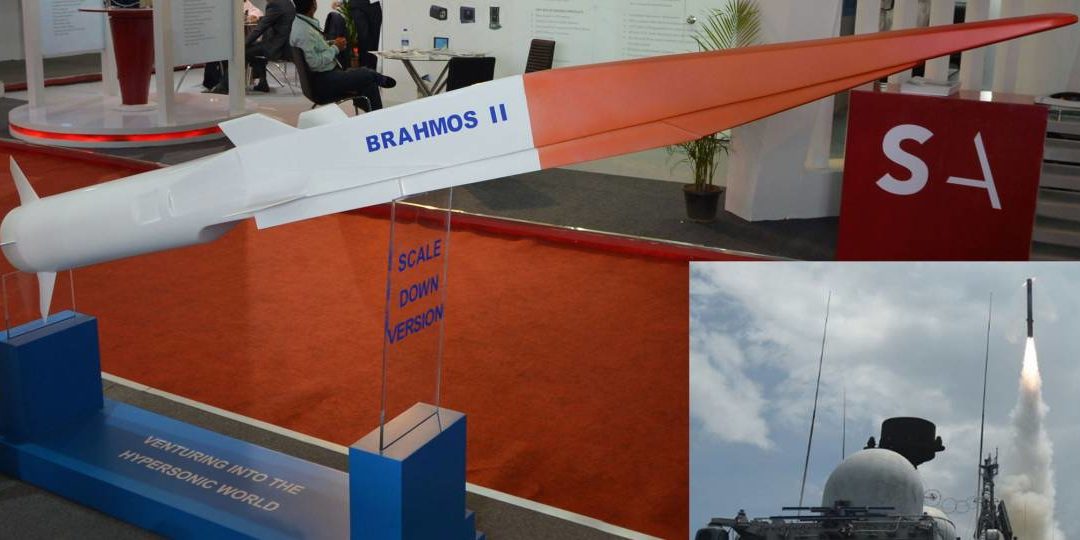

BrahMos Aerospace, a formidable India-Russia Defense Joint Venture, marked a significant milestone on May 31, 2023, by celebrating ’25 Supersonic Years of Success’ during the ‘BRAHMOS Users Meet 2023.’ This momentous occasion highlights the enduring legacy of the BrahMos cruise missile, known for its supersonic speed and unparalleled effectiveness. Despite being in service for a quarter of a century, BrahMos continues to be a challenging missile to intercept, and the makers are confident that it will maintain its superiority for the next two decades.
BrahMos, a collaborative effort between India’s DRDO and Russia’s NPOM, remains a technological marvel. Its supersonic speed, flying at Mach 3, makes it a formidable weapon that poses a significant challenge to modern interceptor missiles and air defence systems. The missile’s ability to fly at low altitudes, maneuver skillfully, and strike both sea and land targets further complicates interception attempts. It is no wonder that BrahMos has earned a reputation for being difficult to intercept.
Continue reading